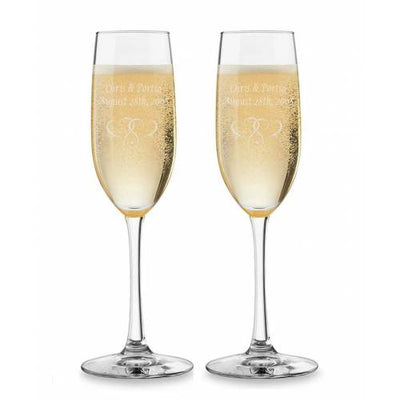With careful attention to detail, that's how!
Bourbon, which is more accurately; Bourbon whiskey, and it is a type of American whiskey. To be more precise, it is a barrel-aged distilled spirit made primarily from corn. The name of this spirit is derived from its historical association with an area known as Old Bourbon, around what is now Bourbon County in the Commonwealth of Kentucky (which, in turn, was named after the French House of Bourbon royal family). Bourbon whiskey has been produced since the 18th century. While it may be made anywhere in the United States, it is strongly associated with the American South in general, and Kentucky in particular.
[caption id="attachment_771" align="aligncenter" width="500"]
 Bourbon wash in open fermenter
Bourbon wash in open fermenterPhoto Credit: Thomas Cizauskas[/caption]
Bourbon is made from a mixture of grain that's at least 51% corn, and is aged in new, charred-oak barrels. It is entered into the barrel for aging at no more than 125 proof (62.5% alcohol by volume); is distilled to no more than 160 proof by U.S. standards (80% alcohol by volume), and is then bottled (like other whiskeys) at 80 proof or more (40% alcohol by volume).
Bourbon has no minimum specified duration for its aging period. Products which have been aged for as little as three months are sometimes sold as bourbon. When it meets the standards in the previous paragraph, as well as having been made in the USA, and it has been aged for a minimum of two years, and does not have added coloring, flavoring, or other spirits, it may (but is not required to) be called straight bourbon.
For those who process better by way of video, the following video covers some of the basics of bourbon making as well:
The typical grain mixture for bourbon, which is known as the mash bill, is a minimum of 51% corn. The rest usually consists of wheat, rye, and/or malted barley. The grain is then ground and mixed with water. Often, a bit of mash from a previous distillation is added to the mixture to ensure a consistent pH across batches. When mash from previous distillations is carried over, this is known as a sour mash, and is also a quality, tasty whiskey.
One of the final steps in the process is adding the yeast to ferment the mash. Once fermented, the mash is then referred to as "the wash," which gets distilled to a volume of 65% to 80% alcohol. Modern distillation is done by way of continuous still whereas in the past, an alembic or pit still was used.
The spirit produced as a result of the distillation and fermenting processes is placed as a clear liquid in newly charred American oak barrels for aging, during which the bourbon gains color and flavor from the caramelized sugars in the charred wood. Various chemical processes, including oxidation and evaporation, account for some of the changes to the bourbon as it's aged in barrels. The longer they mature, the more color and flavor are usually imparted on the aging bourbon. However, if aged too long, bourbon can become woody and unbalanced. It's important to keep the focus on maturity of the liquid and not necessarily the age :)
That’s how you carefully make Bourbon, aren’t you glad you asked?













